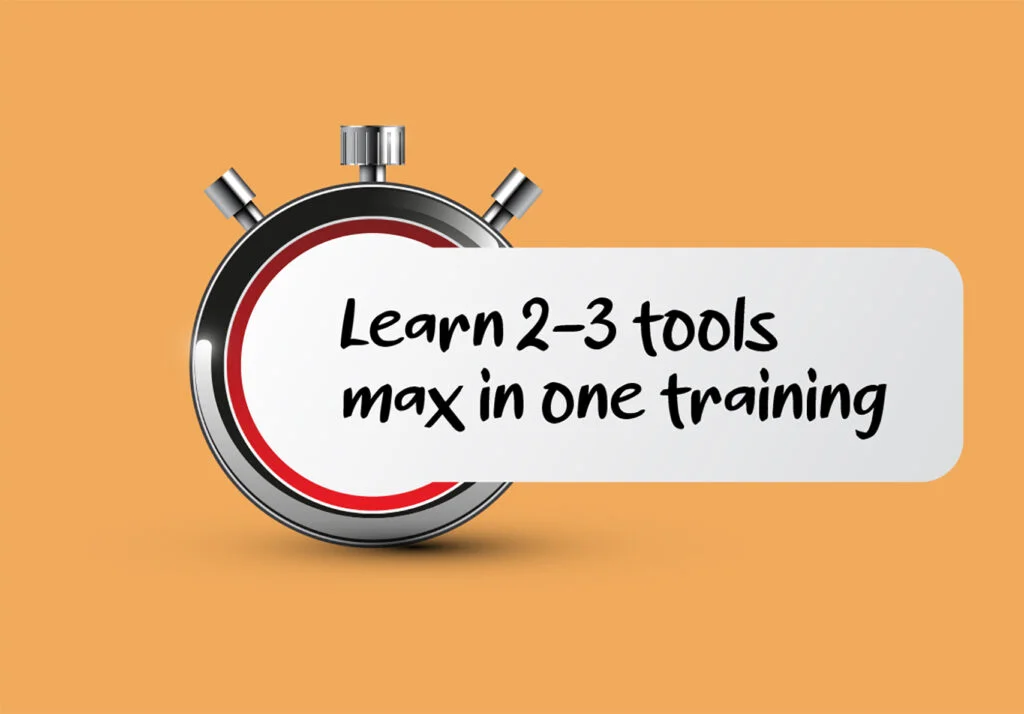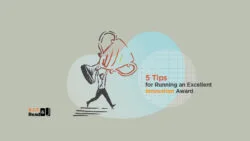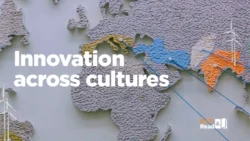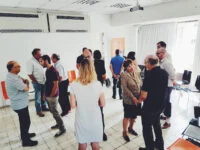Metaphors We Work By
The name of this document, as well as its content, was inspired by a thought-provoking book entitled “Metaphors We Live By”. The book was written by George Lakoff and Mark Johnson, a linguist and a philosopher, respectively, and published in 1980. Lakoff and Johnson’s main thesis in the book is that “metaphor is pervasive in everyday life, not just in language but in thought and action. Our ordinary conceptual system, in terms of which we both think and act, is fundamentally metaphorical in nature.”
When talking to people about SIT, whether in casual conversation or as part of a teaching or facilitation scenario, many of us have found that the easiest way to convey what we are about, and the best way to make the (metaphorical…) penny drop, is often by using a metaphor. Below you will find a brief description of some of the metaphors that I have found to be most useful. Here I will share four of the ten metaphors that I have identified – let us know if you would like to read about some of the others.
The Evolutionary Metaphor
Ideas are like species. There are many of them out there. They struggle for attention and resources, and only the fittest survive. In “idea nature”, random variations of ideas emerge through accident and luck. Some of these variations – the 3M Post It, Penicillin – turn out to be useful and successful while others (the majority) disappear. What SIT does is to create the variations non-randomly. Thus, SIT is about systematic or directed creation of “idea mutations” or “idea variations”. This means that the random factor is taken out of the idea evolution process. Some of the advantages, other than the obvious, are:
- SIT variations are created using the 5 patterns. Thus, instead of just speeding up the process by proactively creating variations, SIT leads to the creation of types of variations that have been shown to have a higher probability of survival.
- Through the FFF structure, SIT not only speeds up the generation of variations, but also accelerates the selection process by passing each variant immediately through the market and implementation filters.
- As the SIT method evolved (more evolution there), additional tools and practices have been incorporated to make sure that those ideas that have been non-randomly selected, get to be packaged in such a way that their survival is guaranteed, or at least supported.
The Yoga Metaphor
The mind, like the body, can be trained to be more flexible. Our thinking processes have numerous joints and muscles, and many of them are rarely flexed or stretched during the course of our everyday thinking. When one learns SIT and practices the SIT tools, one is rotating mental joints and stretching thinking muscles. If this is done consistently, the entire thinking system is positively affected. Yoga is not a random collection of bodily movements, but rather a coherent system that systematically covers all major body parts, with special attention given to areas and movements that are ordinarily neglected. This demonstrates the difference between SIT and brainstorming or the practice of solving puzzles and riddles. The latter activities also flex the mind, but do not necessarily reach the forgotten and neglected parts of the system.
The Yoga metaphor also helps answer the famous question: Does an SIT expert actually use the tools in real life? The answer is positive, but in a way similar to that in which a Yogi “uses” the Yoga postures in real life – it just makes any movement of the body more flexible, sure, and effective.
The Michael Jordan (Leonel Messi) Metaphor
Many people will counter any attempt to teach creativity-enhancing tools with some variety of the following claim: Creativity is an innate talent – you either have it or you don’t. The implication is, of course, that in the former case you don’t need instruction, while in the latter it will do you no good. This is a specific instance of the well-known nature-nurture debate, and our (biased, but well grounded) view is a specific version of its common-sense resolution. Yes, creativity is a talent, and as such has an innate component (nature). No amount of training would turn me (or you) into a Michael Jordan. On the other hand, MJ himself could never have achieved his legendary abilities without a huge amount of training, including a wide variety of techniques, exercises, and tips, given by experts whose playing abilities were much inferior to his. This metaphor also serves as a useful answer to the (childish, but still common) complaint that “how many inventions have you [SIT facilitator] come up with, that give you the right to teach me [the inventor] how to be creative?”
The Firm/Marshy Ground Metaphor
The common conviction is that when individuals deal with everyday notions and ordinary activities, they are on firm ground, stable and safe. However, all innovative ideas live in “marshy terrain” and, thus, in order to achieve innovation, one must be willing to leave firm ground and wade through marshes in the hope of reaching undiscovered territory. Due to the buzz around innovation, people find themselves wishing to wade in the marshes but, intuitively, they fear the thought of getting muddy or, worse yet, not being able to return to the firm ground from which they ventured out.
SIT’s novel claim is that this underlying assumption, that innovation lives in the marshland, is misleading and altogether false. Rather, the innovative idea resides on ground as firm and stable as that on which current thoughts and modes of being are exist, and it is merely the path to this innovative idea that requires wading through the marsh.
SIT concedes that, indeed, to achieve innovation one must be willing to wade through these marshes. This wading process may be quite unpleasant and cannot, by any stretch, be considered as primarily entertaining (“we’ll have great fun”). There are, however, two consolations: first, a structured methodology goes a long way in guiding you safely through the marshy ground, and second, once the innovative idea is reached, one finds oneself, again, on firm and stable ground.
As you may have seen, metaphors not only help one understand a concept better, they can also lead to novel points of view on an oft visited theme. To pique your curiosity, these are the other six metaphors:
- The Opening-a-Black-Box Metaphor
- The Alexander Technique Metaphor
- The Iyengar Yoga Metaphor
- The Flowing Water Metaphor
- The Jumping-the-Gap Metaphor
- The Brazilian Lover Metaphor
Please share your metaphors or thoughts about ours.







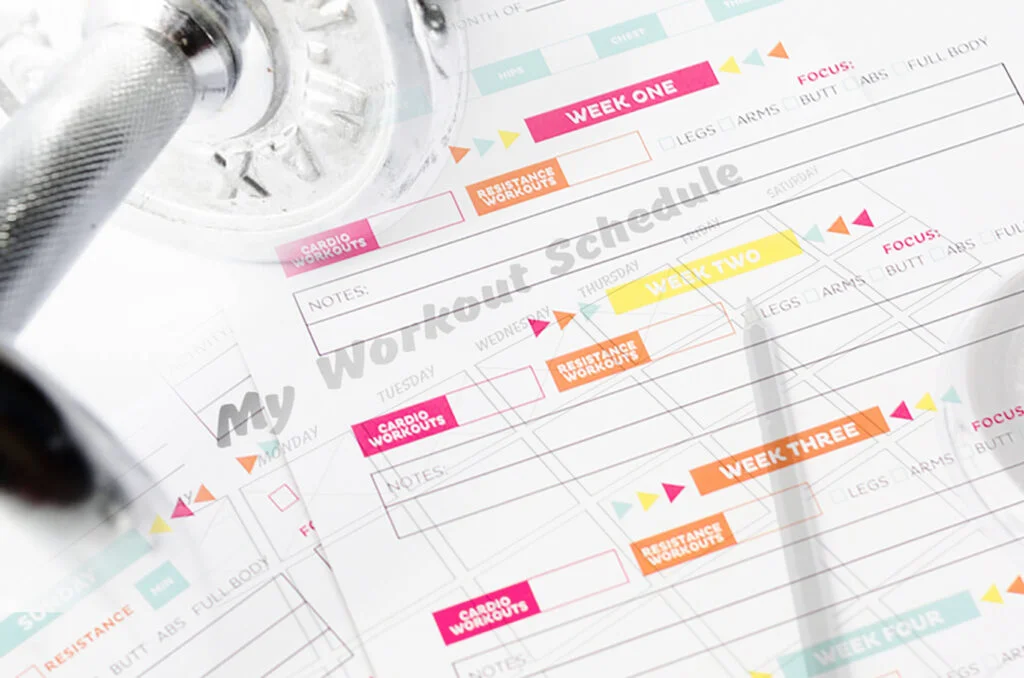


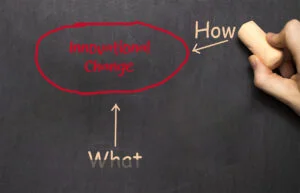 Prioritize the HOW over the WHAT. As made famous by Michael Polanyi (philosopher and all-round Hungarian/errant-Jew intellectual) there is a crucial distinction between knowing that and knowing how. You can, say, be an expert on the mechanics of the operation of a bicycle and still fall every time you try to ride one, while, obviously, most kids who can zip by you easily on their bike do not have the faintest notion of how it operates. Their knowledge, argues Polanyi, is tacit rather than explicit. Behavioral change is based on tacit knowledge, which is why you should be careful not to define a training only by its “content”. What percentage of a bike learning course for your kids would you want to be dedicated to explanations? If your goal is that they know how to ride a bike, the answer is probably “close to zero”. Review your next training session through this lens, by asking of each item in the syllabus: will it teach them how to do something? What?
Prioritize the HOW over the WHAT. As made famous by Michael Polanyi (philosopher and all-round Hungarian/errant-Jew intellectual) there is a crucial distinction between knowing that and knowing how. You can, say, be an expert on the mechanics of the operation of a bicycle and still fall every time you try to ride one, while, obviously, most kids who can zip by you easily on their bike do not have the faintest notion of how it operates. Their knowledge, argues Polanyi, is tacit rather than explicit. Behavioral change is based on tacit knowledge, which is why you should be careful not to define a training only by its “content”. What percentage of a bike learning course for your kids would you want to be dedicated to explanations? If your goal is that they know how to ride a bike, the answer is probably “close to zero”. Review your next training session through this lens, by asking of each item in the syllabus: will it teach them how to do something? What?